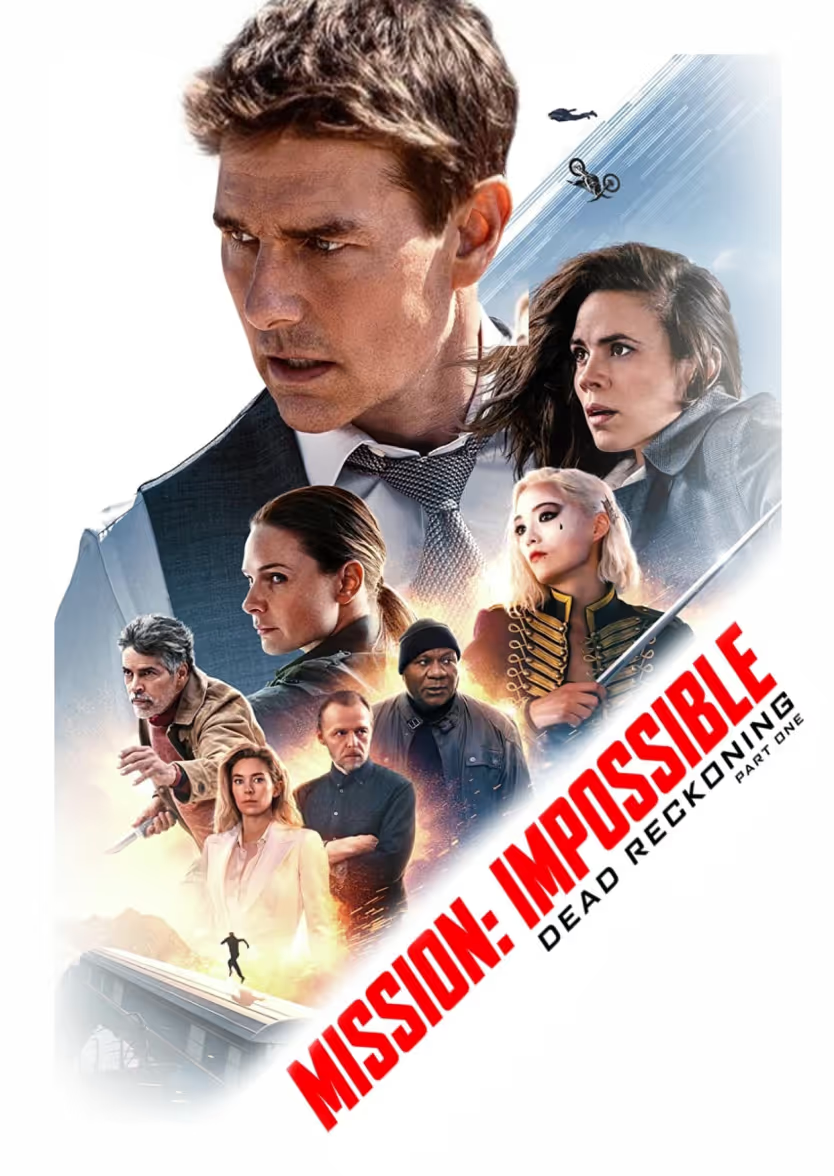Congratulations, you made it to the finish line. Months, maybe even years of sleepless nights, coffee binges, and creative breakthroughs have finally resulted in a finished film you can call your own.
The only thing left to do now is to credit all the other people who helped make your film a reality. From the lead actor to the craft services providers, anyone who lent a hand to bring the film to the big (or small) screen deserves to be credited.
Long-standing industry standards dictate exactly how to properly credit people in your film, so if you've never written out a credit roll before, never fear. This guide will walk you through everything you need to know about film credits and includes a free template to get you started!
Why Movies Show Credits

Movies show credits for a very simple reason; to give credit to all the people who made the film possible. This extends beyond the obvious people like the director, writer, and actors and includes dozens or even hundreds of other people who contribute their time and talent to a film.
Movie credits ensure that everyone gets the recognition they deserve on a project, whether they're in front of or behind the camera.
Under U.S. law, the screenwriting credit for American motion pictures and television programs is determined by the writers guild of america (WGA).
Opening Film Credits vs Closing Film Credits
Whenever anyone says "film credits," most people think of the long roll of names that plays at the end of the film. However, there are typically two different types of credits included in a film; opening credits and closing credits.
As the names suggest, the former roll at the beginning of a film, and the latter at the end. The key difference between the two is who gets credited in the opening credits vs. the closing credits.
Who Should be Included in Your Film Credits

Ok, time to get down to the details; who goes in the credits, and what order should they be in? While there are sometimes small deviations, typically, this is who you should credit and in what order in your film.
Create together remotely, in real time

Opening Credits:
Opening credits are typically more negotiable than closing credits. Sometimes actors or producers negotiate to have their name shown earlier in the credits or to have what's called a "single card," meaning their name is the only one that appears in the frame it's credited in. All this aside, this is how opening credits are typically structured:
- The production company (e.g. Two Cents Films )
- The title of the film
- The leading actor/actress
- The rest of the leading cast
- The supporting cast
- The casting director
- The film score composer
- The lead costume designer
- The associate producers
- The lead editor
- The production designer
- The director of photography
- The executive producers
- The line producer
- The writer(s)
- The director
As you can see, the opening credits feature all the positions considered "above the line." This refers to the people with the most control over the creative direction of a film. Like we mentioned before, the opening credits are where you'll see the most variation in their order of appearance based on what has been negotiated with each contributor in their contract.
Closing Credits
Closing credits (also known as end credits) are far more standardized. They roll in pretty much the same order every time and only vary based on the size of the production crew that worked on the film. Some closing credits contain just a couple dozen people, while others are well into the hundreds.
Just like in the opening credits, the above the line crew should be credited first in this order:
- Director
- Writers
- Producer
- Executive Producer
- Lead Cast
- Supporting Cast
- Director of Photography
- Production Designer
- Editor
- Associate Producers
- Costume Designer
- Music Composer
- Casting Director
As in the opening credits, these often aren't part of the credit "roll" at the end but are instead shown as individual cards that fade in and out.
Now for "below the line," which is basically everyone else who works on the film. This list will expand or shrink based on the size of your crew, but most feature films will have at least one person in each role.
1. Unit Production Manager
2. First Assistant Director
3. Second Assistant Director
4. Full Cast (leads first, then all other actors typically listed in order of appearance)
5. Stunt Department
~a. Stunt Coordinator
~b. Lead Stunt Doubles
~c. Misc. Stunt Performers
6. Production Departments (sometimes listed as "Crew")
~a. Production Personnel
~~i. Production Supervisor
~~ii. Production Coordinator
~b. Art Department
~c. Camera
~~i. A Camera Operator
~~ii. A Camera 1st AC
~~iii. A Camera 2nd AC
~~iv. Repeat above credits for each additional camera
~d. Grip
~~i. Best Boy Grip
~~ii. Addl. Grips
~e. Electric
~~i. Gaffer
~~ii. Best Boy
~~iii. Addl. Electricians
~f. Sound
~~i. On-Set Mixer
~~ii. Boom Operators
~~iii. Addl. Sound Crew
~g. Wardrobe
~h. Hair/Makeup
~~i. Set Operations
~j. Transportation
~~i. Transportation Captain
~~ii. Drivers
~k. Special Effects
7. Post-Production Departments
~a. Editorial
~b. Visual Effects
~c. Colorist
~d. Additional Post-Production Crew
8. Song Credits
9. Caterer
Ok, so that covers most of our production personnel, but your credits don't stop there. You'll also need to add some special thank yous and additional credits at the end of your credit roll. Here are some typical inclusions:
- Title Design
- Special Thanks
- Logos
- Union Logos (SAG, DGA, PGA, etc.)
- Camera, Lenses, and Equipment Makers (RED, Adobe, etc.)
- Shooting Locations
- Copyright
- Disclaimer
Following these lists should give you a pretty straightforward template to use when building your credit rolls. The most important thing to keep in mind is making sure that you include everyone and make sure to carefully check and double-check the spelling of each crew member's name.
If you're looking for a better way to bring your film production team closer together as you put the finishing touches on your masterpiece, check out Evercast. Evercast is a virtual collaboration platform that allows you to stream professional film editing software in ultra-low latency HD video while live video chatting with your team. Collaboration is the magic behind the movies, and Evercast allows you to stay in sync and enter that magic state of creative flow with your team members that will help you uncover those "aha!" moments that make a good film into a great one. Learn more about plans and pricing.















.avif)









.avif)


.avif)